In a report by Statista eCommerce sales are expected to grow to 4.88 trillion US dollars by 2021. The Internet has transformed the face of shopping, as more people buy online rather than in stores. In the US for example, over half of the population shops online at least once a month. Hence, launching an eCommerce website is imperative and will help take your business to the next level.
To start with, the primary metric of success for an e-commerce website is conversion rate – this number refers to the percentage of website visitors who “convert” into customers by making a purchase. The factors that contribute to a high conversion rate primarily relates to the user experience and sales-driving features in the eCommerce software.
What features are really crucial? Which platforms can help you achieve your goals? What makes an e-commerce website successful?
Let's explore the key features of an eCommerce website, below are the Must-haves for your website.
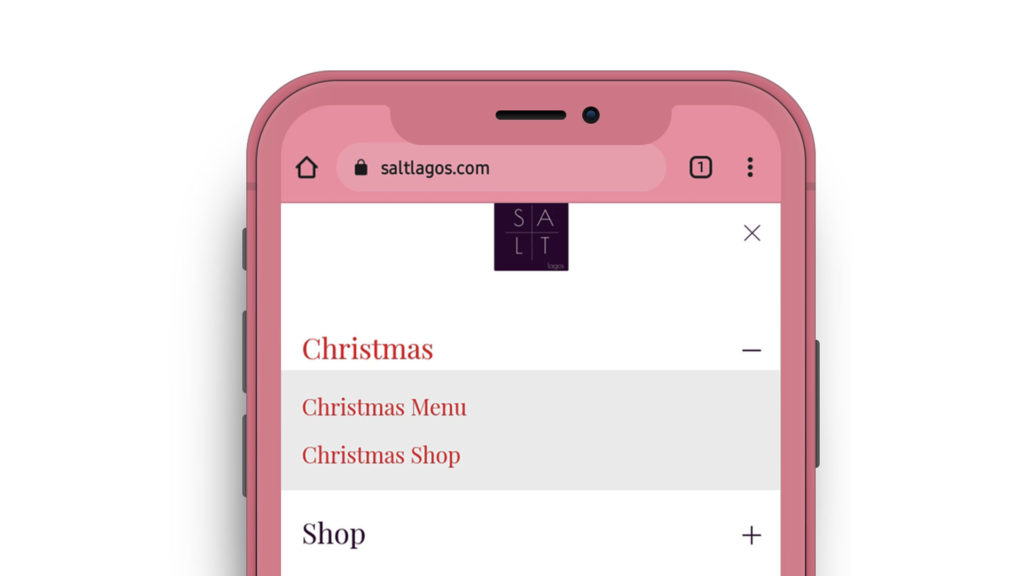
Domain name, Hosting & SSL Certificates
Online transactions are an integral part of our lives.
As such, eCommerce websites are prime targets for cybercriminals. It is important that customers’ information is protected and necessary steps are taken to ensure privacy.
It all starts with a secure eCommerce platform.
SSL certificate establishes secure connectivity between a user and the website. While surfing the internet, it is important to look for HTTPS and a green lock in the address bar before trusting an online store with one’s credit card information. Yet another layer of security is to consider an SSL certificate vendor with name recognition.
Other must-have eCommerce security features to consider are:
Two-factor authentication, Use a firewall, and Privacy policy link in the footer
Here's An Introduction to Website Security & SSL Certificates that you will find very useful.
four
Product Images
Customers that shop Online are moved by what they see – the images of the products. Since the products can’t be touched and felt, it is important to have a quality product image. Having knowledge of this will help you nudge the customers towards making the decision to buy your products. Hence using high-quality images with a strong zooming function can be a game-changer. Let your customers see the actual images of your products and eventually figure out the product’s quality.
This is even more important if you are selling commodities like clothes online, the importance of high-quality photographs on the website can not be over emphasised.
Furthermore, whenever possible, make sure your images are well optimised for both website and mobile.
For example, Debrasgrace has high-quality images on its website with a zoom function so that users can check the product easily. This no doubts creates a good customer experience and will definitely result in a minimal Bounce Rate.
Here are 8 Tips to Build the Best eCommerce Product Images for your brand as a whole.
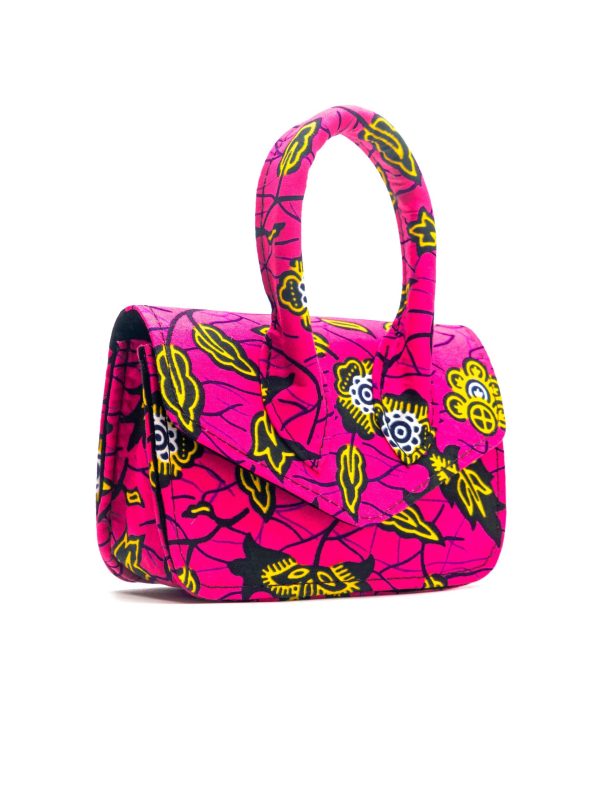

















five
Product Description
It is important to note that most times when prospective customers visit a website, they are still impressionable hence haven't made up their minds whether a product offers great value – a clear and accurate description of the product convinces the buyer to make the decision to purchase.
Customers are eager to know the functions and features of your products and compare with a competitor – thus a detailed description will help understand the specification, how the product works, and the unique distinctives from competitors. This necessitates a well written and concise description which acts like your store’s sales staff.
For example, Flipkart has added a function to check the specifications of the products on their website.
In our How To Write Product Descriptions That Sell article, we explore effective ways to get your product descriptions working for you.
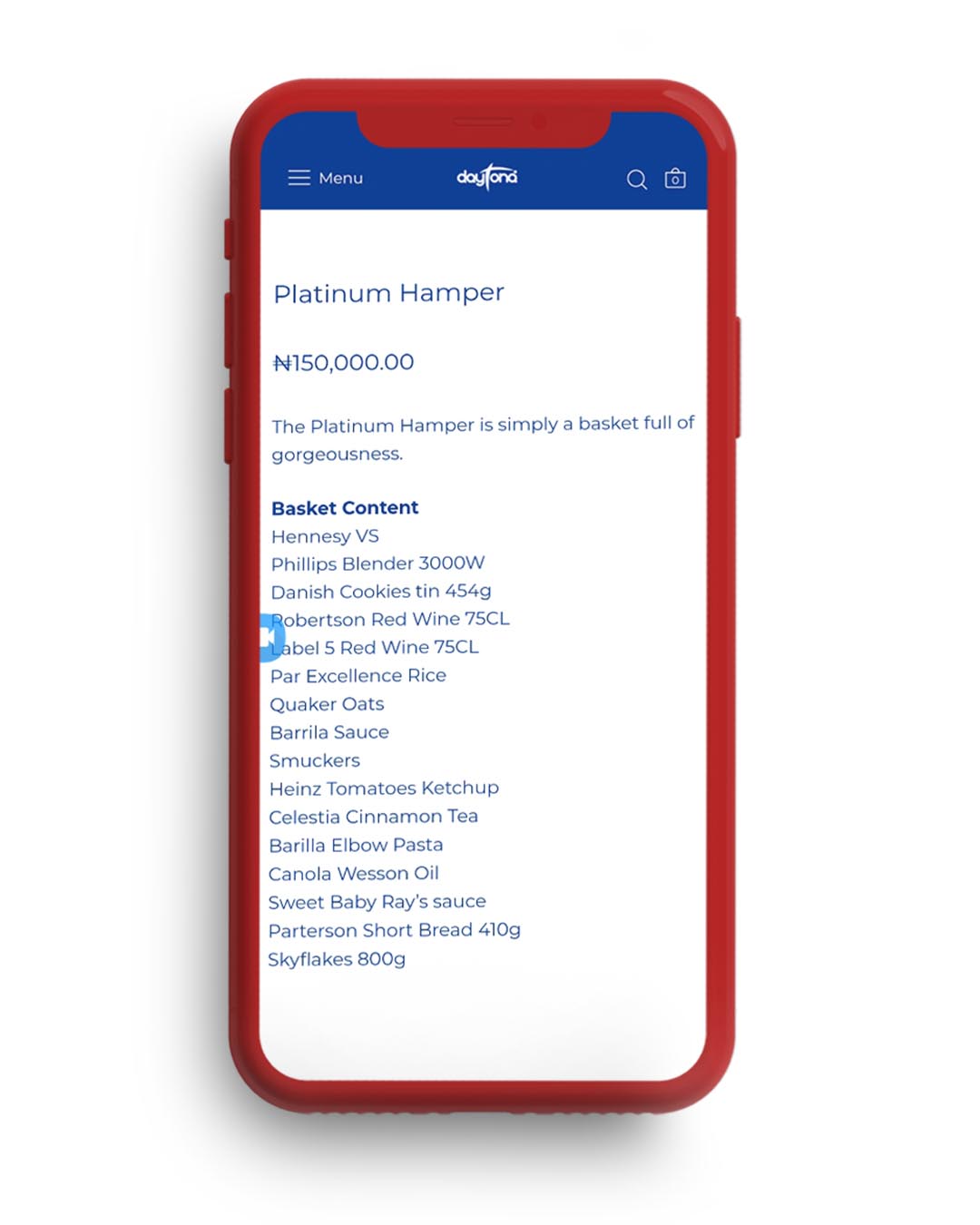
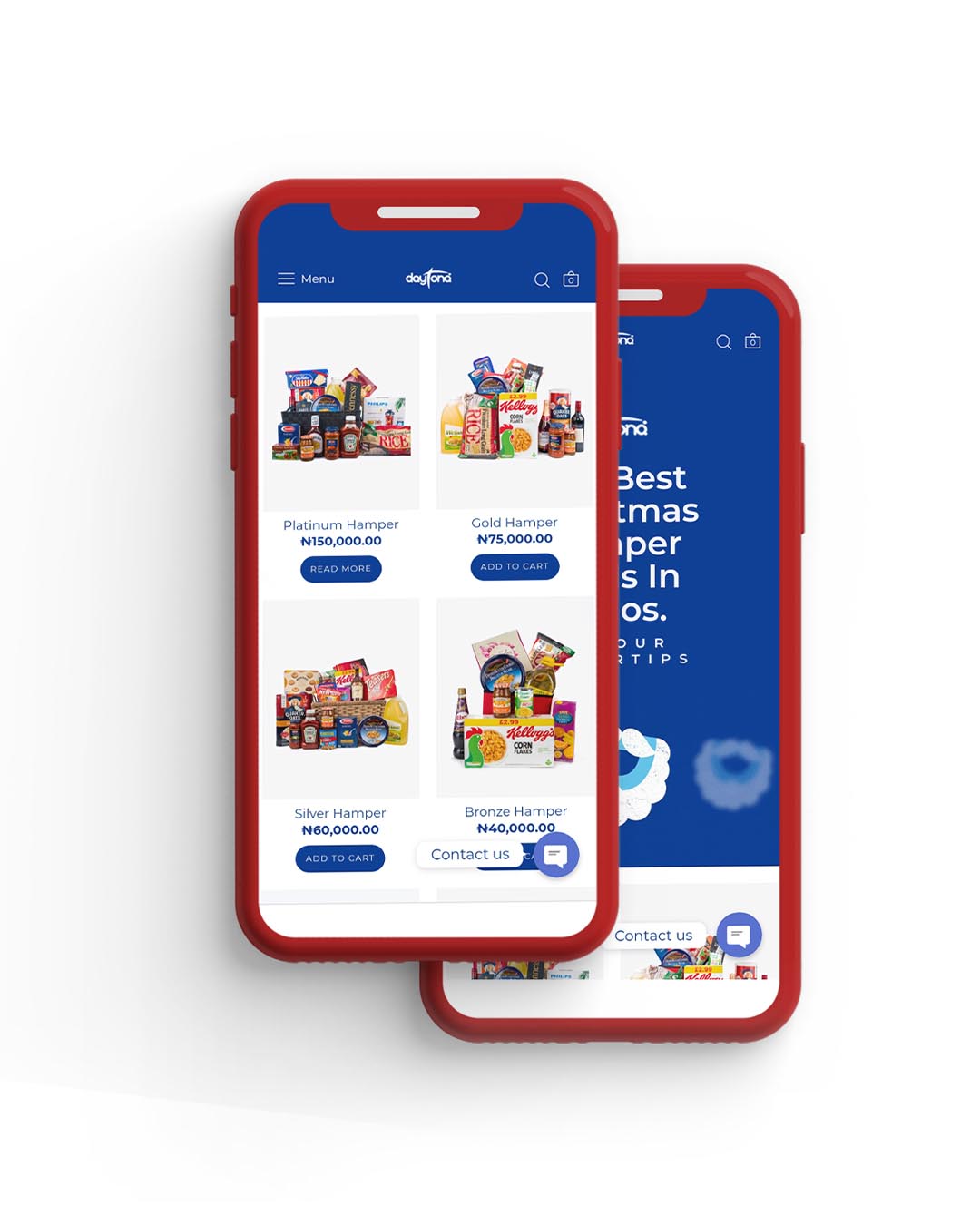
six
Delivery Information and Rates
It is important that eCommerce websites have a webpage where customers fill shipping information and should include a calculator showing the cost. It is also helpful to include delivery time and options for faster delivery. Sites should list countries that are outside normal shipping zones. Be sure to present codes for free shipping on all pages of the site through the header navigation, if applicable. In general, there are many considerations with respect to delivery for eCommerce. We have explored the key consideration in our eCommerce Delivery Considerations article.
Upsells & cross-sells
When a customer sees the phrase, “you might like this” it causes a serotonin release signalling curiosity and excitement.
A ‘Related Items’ feature on an eCommerce site creates the desirable stickiness effect that so many marketers strive to achieve.
It happens like this:
You saved serviette to your shopping cart.
A section emerges that says, “you might like this.”
Would you like some plastic cups?
Maybe a toothpick to achieve the perfect small chops or finger snacks?
You get the picture.
When an online seller uses the related items feature to sell more, it’s actually signalling to the buyer that “they get me.”
In our Guide to eCommerce Upselling & Cross-selling Strategy, we explore upsells and cross-sells in more detail.
Related : 9 Ways To Pimp Your eCommerce Website

nine
Payment Solution
A good eCommerce website deals with many customers from all over the world, and respective countries have their own preferred payment system. However, there may be technical limitations to a payment method or option, and that’s why it would be better to clarify payment options in advance.
For instance, some eCommerce websites don’t accept international credit cards. Others require the customer billing address and the delivery address to be in the same country as the official store’s location.
Online stores commonly use credit and debit cards that are processed via companies like Remita, VoguePay, Rave By Flutterwave, Paystack, etc. as their main payment system. You can easily find these payment icons at the footer or on the top right corner of sites.
We explore the Top Online Payment Gateways For eCommerce In Nigeria in more detail here.
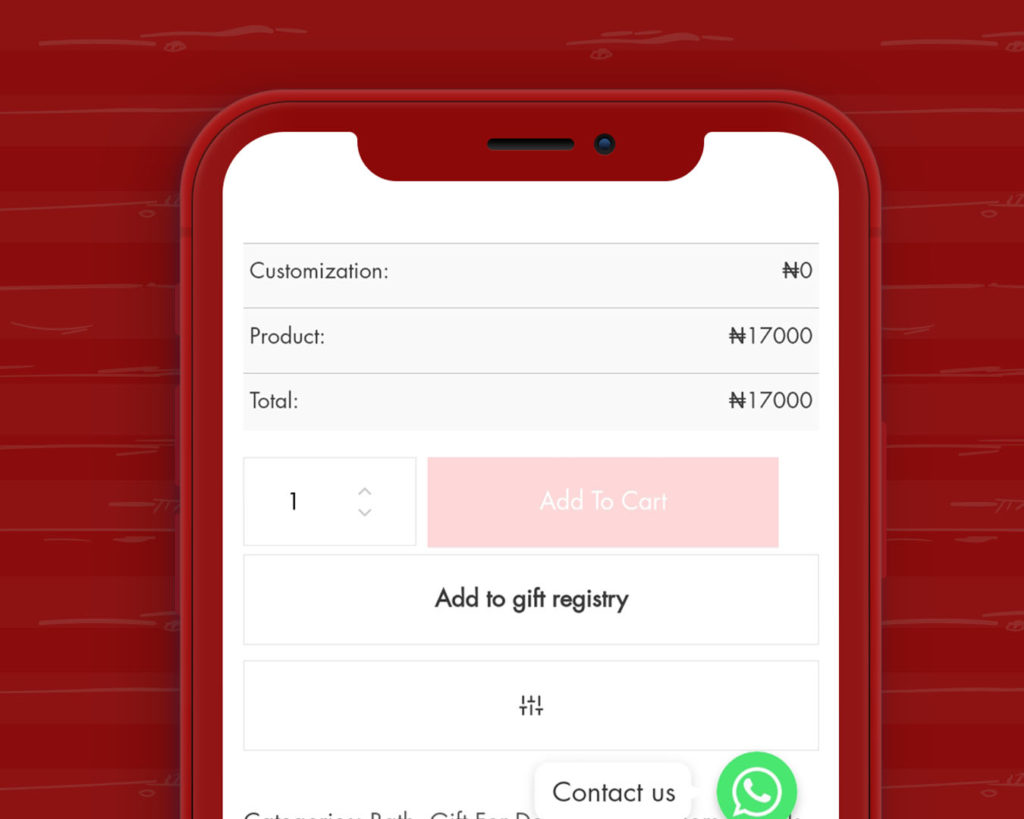
ten
Terms and Conditions
Most websites have a link to Terms and Conditions agreement that users and customers agree to in order to use the site. Ecommerce stores are no different. Imbedding a T&C helps you establish legally enforceable ground rules for the proper use of your site and it limits your legal liability in the event of a product malfunction or a customer dispute. Read more: eCommerce Website Terms and Conditions Agreement We hope that the breakdown above will help make your online website the perfect go-to page for potential buyers.






